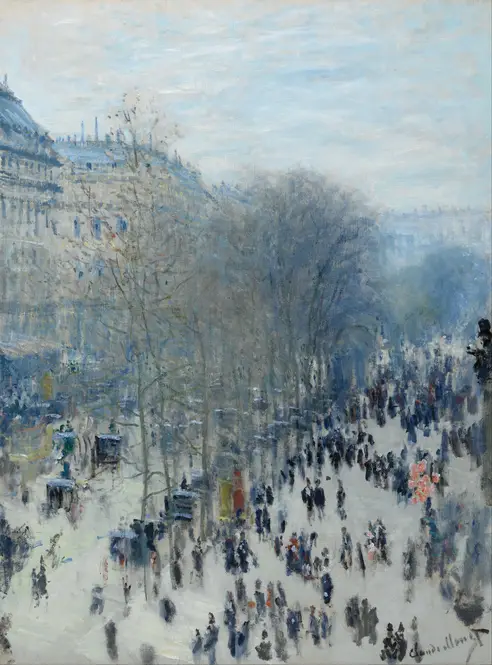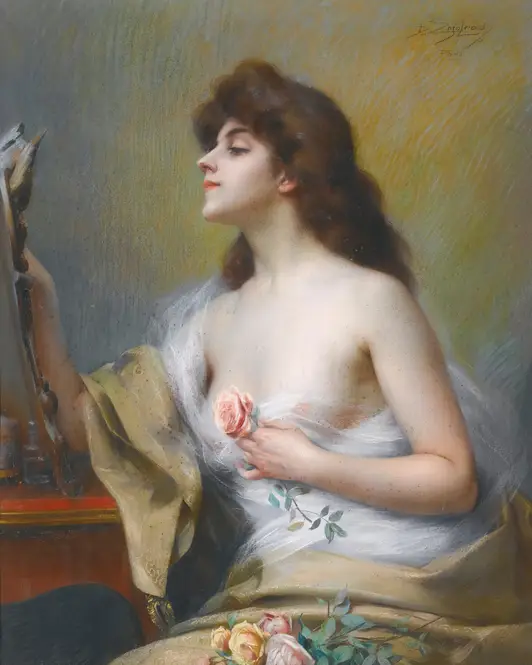Vincent van Gogh’s *Starry Night* swirls with an almost hypnotic energy, its bold blues and yellows colliding in a sky alive with movement. Thick, rhythmic brushstrokes twist like celestial rivers, pulling the viewer into a dreamscape where the ordinary village below seems dwarfed by the vast, turbulent heavens. The cypress tree in the foreground stretches upward like a dark flame, bridging earth and sky, while the stars themselves pulse with an otherworldly glow—less like distant points of light and more like living entities. Van Gogh painted this while confined to an asylum, transforming his isolation into a vision that feels both deeply personal and universally stirring.
What makes *Starry Night* so mesmerizing isn’t just its vibrant colors or dynamic composition, but the way it captures a fleeting moment of awe—the kind that makes you stop and stare at the night sky, forgetting everything else. The village sleeps, but the cosmos above thrums with restless energy, as if the artist poured his own turmoil and wonder onto the canvas. Even the moon wears a halo, radiant and slightly off-kilter, mirroring van Gogh’s unique perspective. It’s a painting that refuses to sit still, inviting you to lose yourself in its whirlpool of stars.

-full.webp)

-full.webp)
-full.webp)


-full.webp)
-full.webp)